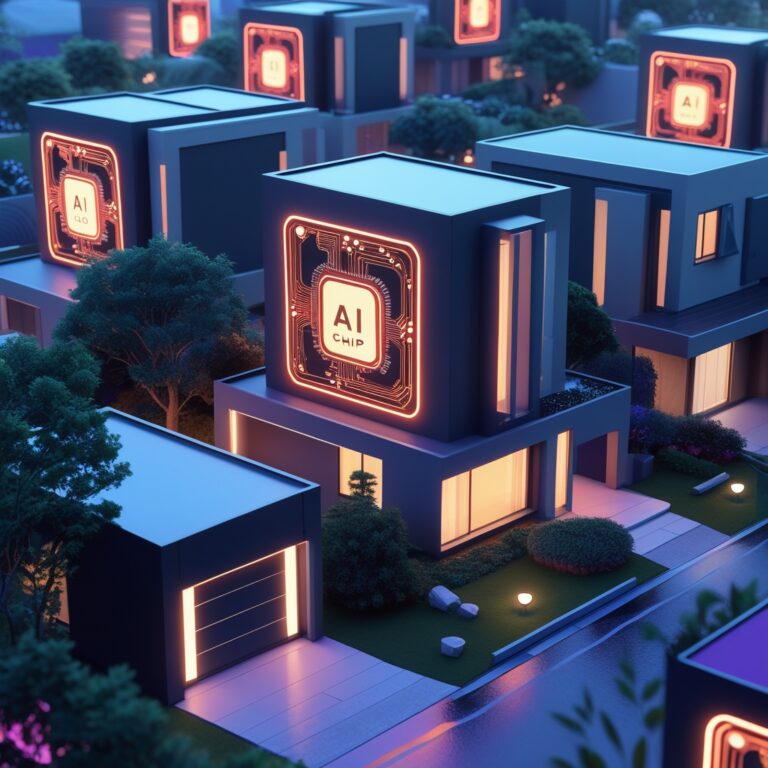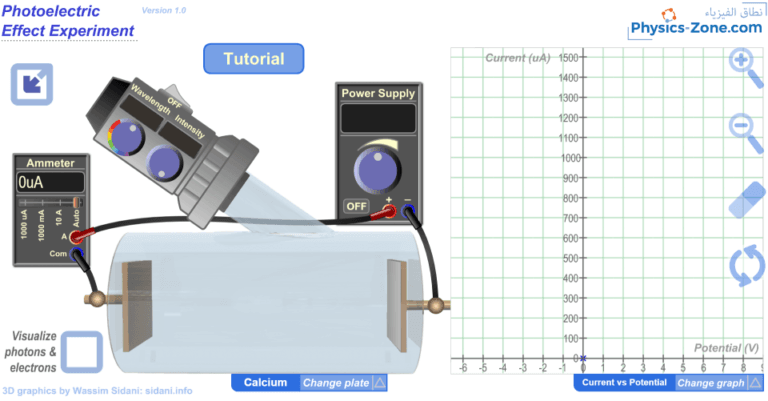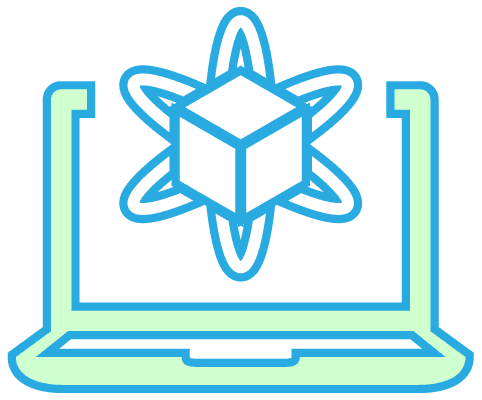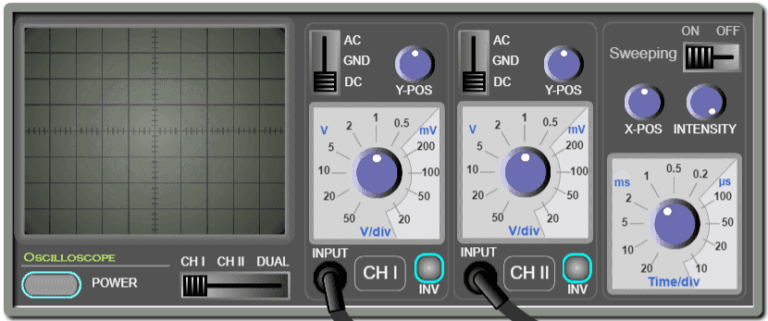Don’t do it, train your own AI to do it!
If this future becomes reality, there will be a massive wave of job displacement as AI takes over across various industries and job markets. But a wide horizon of opportunities will rise. Instead of a position of making decisions in a company, there will be a position of training the AI to make that decision and to maintain its logic.
As a bizarre example, companies might not need IT (Information Technology) officers anymore! Instead, they might employ AIT (Artificial Intelligence Technology) officers, whose main responsibility is training and maintaining the company’s AI model to solve the company’s technical issues!








